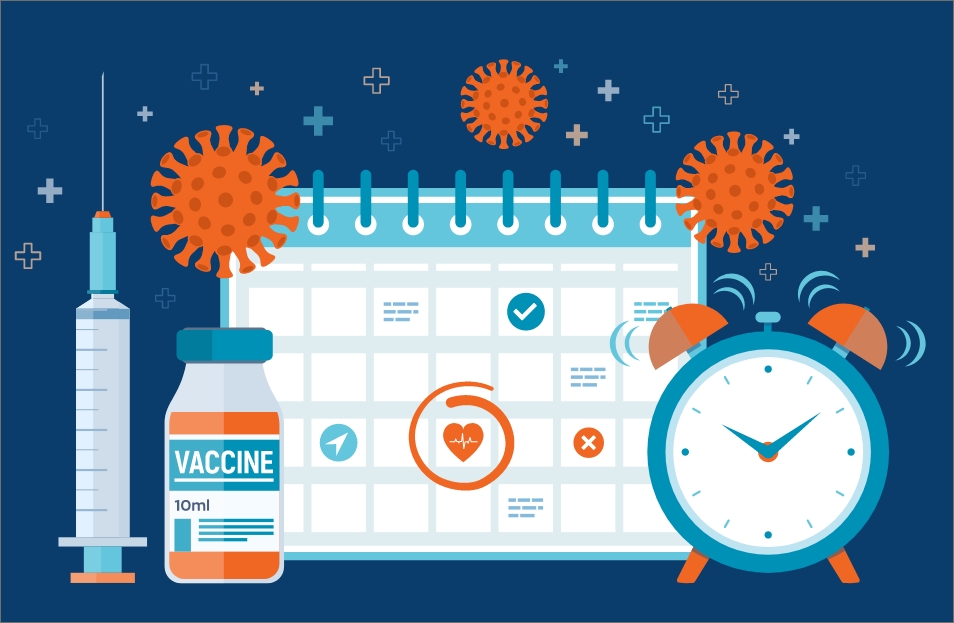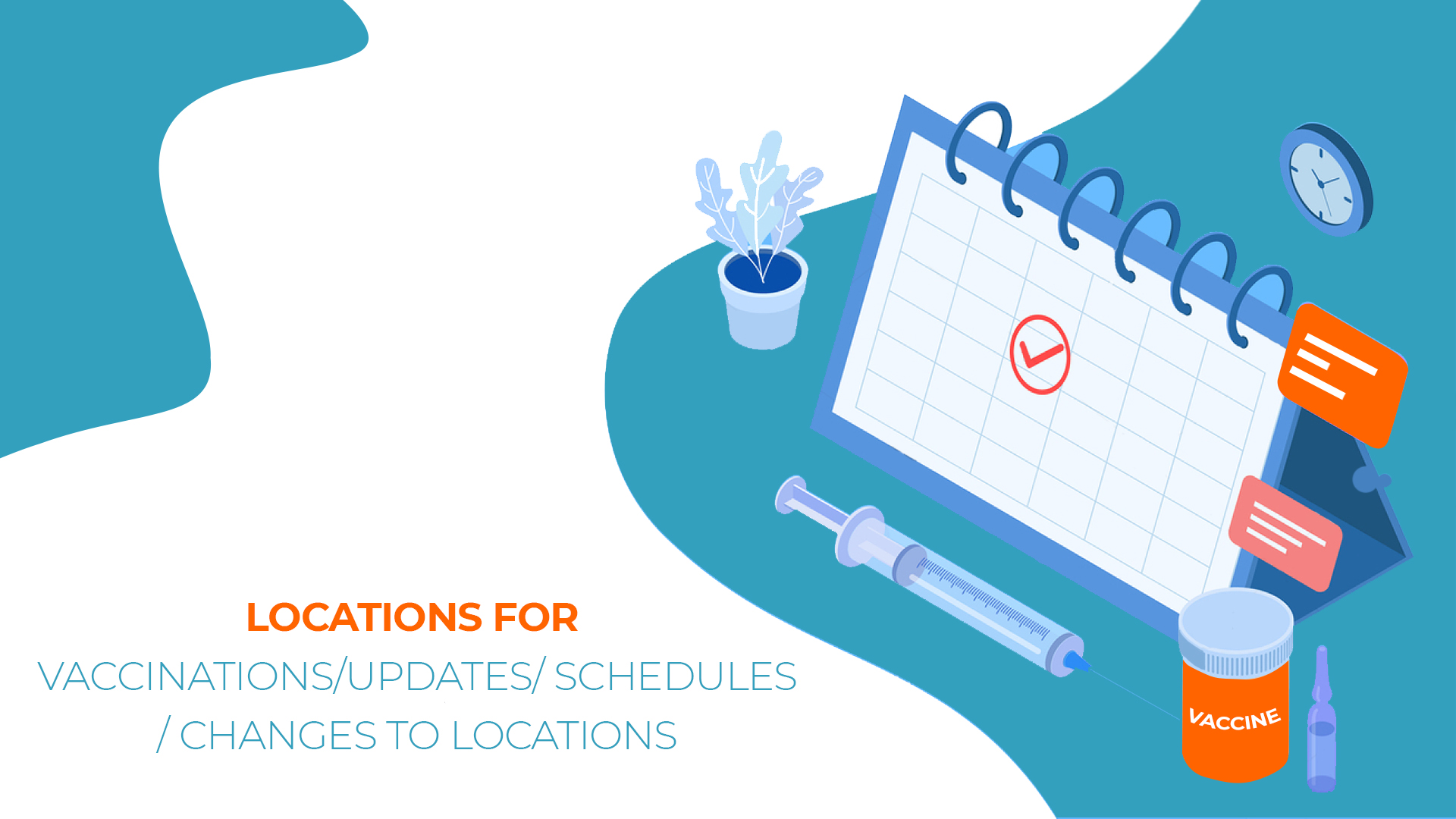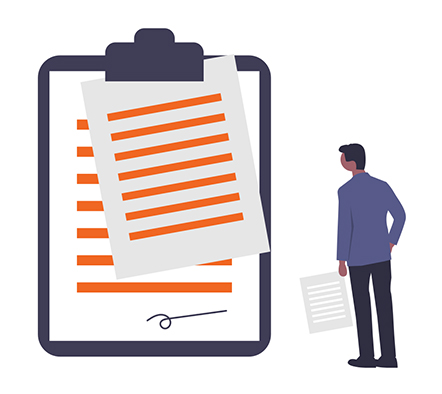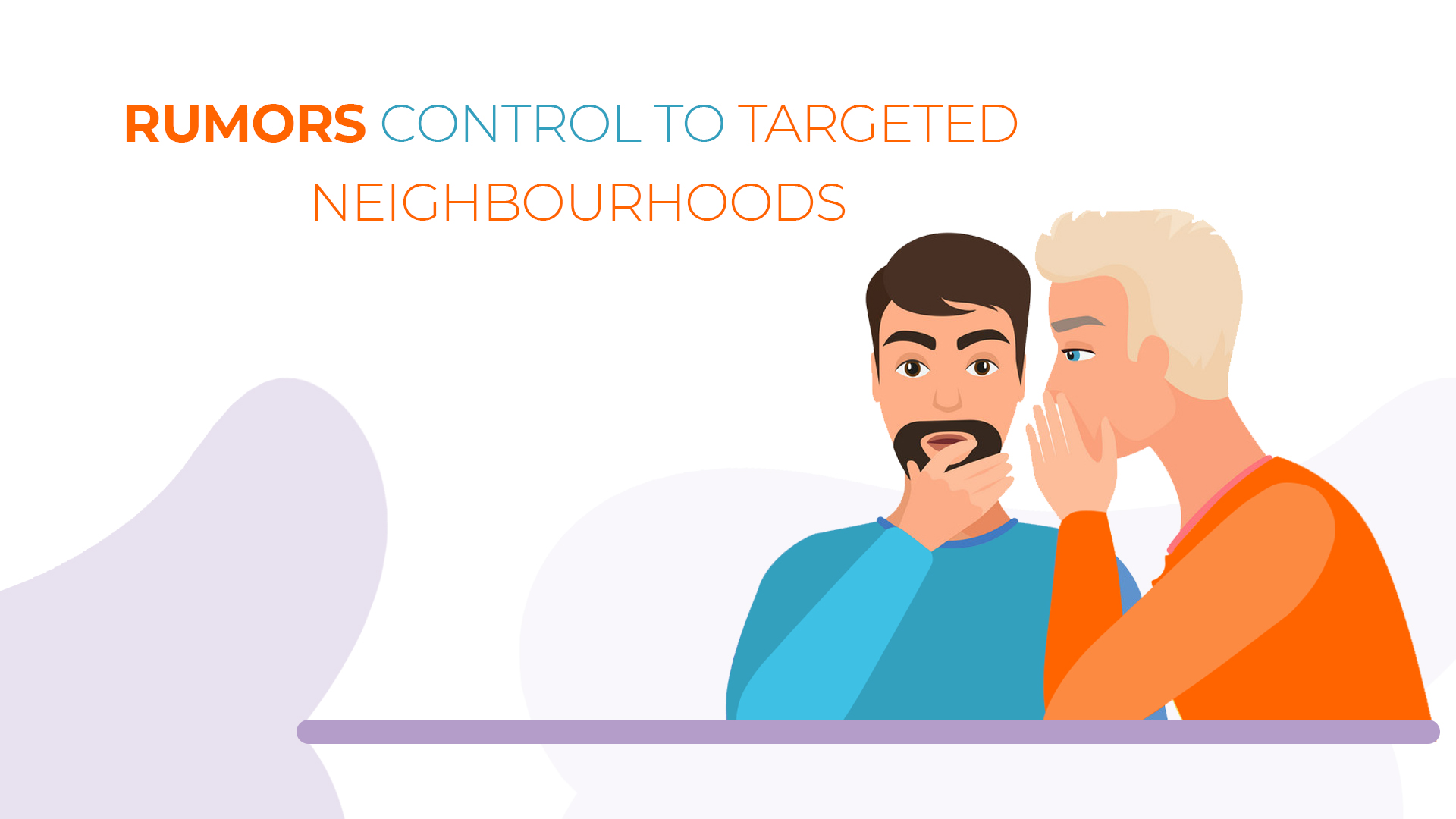Is your business resilient? It leaves us puzzled with no correct answer to reply to it. The impact of COVID-19 has us struggling to cope with the evolving situations, whereas we already have some familiar critical events like severe weather, supply chain disruptions, workplace violence, and lots more to cause business disruption while exposing our people and assets to potential threats. Business crisis communication plans are the key to prevent future threats. But, without a robust business-critical communication tool organizations cannot activate this strategy.
What are critical communications? What is their importance before, during, and after critical events?
Critical communications are the ability to communicate appropriately with your people when you need it most before, during, and after critical events like a pandemic, supply chain disruptions, bad weather, flood, cyber-attacks, or any other industrial events.
During these evolving times, a legacy system falls short of delivering reliable, consistent, secure, and easy-to-use critical communication flexibility.
Critical communications that easily allow businesses to leverage the advanced level of mission-critical communication flexibilities along with data visualization can help emergency response teams communicate with people in the field or onsite in a much better way. However, not only the emergency response team, chief security officers, chief information security officers need critical communication in IT departments, no matter what the verticals are.
Hence, your critical communications can become faster and your recovery process can deliver expected results.
A critical communication tool must have lots of solutions and features to solve problems arising from critical events on the ground, office, or anywhere.
Zsuite, a comprehensive CEM or Critical Management platform is designed to process threats, analyze their nature, and foster ways to handle your business crisis communication plans to mitigate threats on time.
As a leading CEM tool, Zsuite takes an initiative to advocate for the importance of critical communications for businesses and encourages why businesses should not overlook this critical matter. Here are 10 reasons why organizations need to have critical communications.
Data intelligence
Today, critical events are fast evolving, frequently occurring, and complicated too. Different types of critical events can be coincidental, creating challenges to review data using legacy systems. In most organizations, emergency response teams still follow the manual process of data gathering. This process is rigid and making assessment and validation of information is tough. As a result, organizations cannot visualize threats and add context to emergency communications. There is a high chance that key intelligence would go haywire.
Zsuite CEM platform is a critical communication enabler with a granular level of focus on data intelligence, making your critical communications much more efficient and reliable at times of emergency.
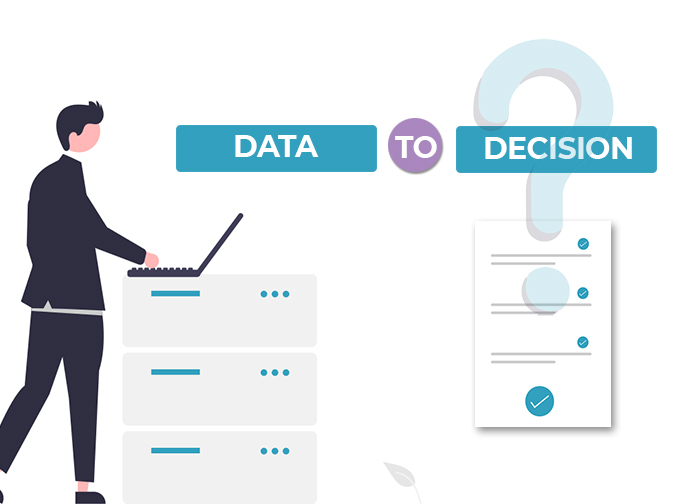
Scalable decision-making
Most organizations still rely on siloed systems to handle crisis communications. Although security teams or emergency response teams are available 24×7, they do not have an integrated communication tool to enable crisis communications and keep everyone informed about changing situations. This is in fact leading to more gruesome challenges as organizations fail to identify exact business threats and take measures for risk handling. Lack of coordination between teams gives rise to confusion, impedes situational awareness, and delays appropriate decision-making.Many crisis communication tools like Zsuite help you make efficient emergency plans and tackle immediate pressure with scalable decision-making.
Message fatigue
A crisis communication plan must include an integrated and unified communication system. This kind of orchestration not only improves communication and collaboration but provides visibility into who has been reached out, when they have been connected, how has been that person contacted, and what feedback has it received. Also, it provides the capability of leveraging pre-built message templates which are consistent and do not cause message fatigue.As with fragmented communication channels that are omnipresent in many organizations, they can be subject to message fatigue.
Administrative overhead
Critical events can never be limited to a certain region. The reason is the advancement of digitalization. The information erupts as fast as wildfire through social media, personal messages, emails, news, and different entities among others. Messages can be voluminous, repetitive, and incessant resulting in wrong interpretation of certain messages and add to panic buying. Organizations need to coordinate with their people to give them real-time and fact-filled critical information to keep them informed so as to avoid unintended consequences.Zsuite CEM enables two-way communication via multiple channels and improves organizational response.
Direct communication
Critical communication is always direct, consistent, and contextual. But, when your legacy system does not allow you to nurture the advantage to edit and approve of messages to be used as pre-built critical messages, you tend to impede human intelligence to take charge and act more responsibly. Using a Zsuite CEM platform, you can build your emergency response to help avoid ambiguity while also keeping everyone informed. This can be the most effective means of critical communication that enables a faster recovery process.
Better coordination
The right crisis communication plan can focus on coordination strategy. Having the right tool that allows you to enhance your critical communication can help you collaborate easily with all your stakeholders internally and externally and your people. Zsuite enables you to collaborate and communicate effectively so as to allocate resources better and act as necessary. This can add to better organizational resiliency.

Multimodal communication channels
Before, during, and after critical events, stakeholders must ensure their assets should not be in harm’s way. To ensure your people are safe, you must reach them at an incident site at the right time. No matter what device your people use, the idea is to reach them, so they never miss critical information. However, connecting does not always mean it is over. People receiving the message have to understand it and make a reply. Critical communication tools that integrate multiple languages allow communicating at ease while two-way communication brings feedback at a lightning speed, ensuring plans are being strategized as designed.
Contextual and location-awareness
Not all CEM is built to derive location intelligence to help reach people in harm’s way and save them. Zsuite CEM enhances its critical communication ability by leveraging the power of location intelligence and contextual awareness.
Zsuite relies upon location data it fetches from its contact centers, which helps provide visualization and analysis of geographical data. Also, by drawing spaces in the smart map in the dashboard and integrating it with demographic, traffic, and weather data, you can gain location awareness and add context to your critical communication so that you can predict the potential of threats, take appropriate action, and help save your people.
Accurate analysis

Powerful crisis communication can provide visibility into the incident’s nature, its causes, and its effects. Which part of your organization was badly damaged? How is it impacting spaces and life outside of your organization? Using Zsuite, your crisis management or incident management team can gain a better understanding of loopholes and prepare a better version of internal and external recovery plans with necessary inputs from stakeholders. It improves your monitoring of the factors impeding your recovery strategy and lessens the impact of disasters.
Plan and test your recovery plan
Critical communications enabled by a CEM platform such as Zsuite can help you run drills and evaluate the scope of your plans and their efficacy before a disaster happens. As you practice with simulations of critical events such as earthquakes, IT Incidents, terrorist attacks, or hurricanes, your emergency response teams can enhance their crisis communication plans, be prepared for the next disaster, and be more proactive to mitigate its threats.
Critical communications are the backbone of business resiliency. In the event of a crisis, crisis communication tools scale and give robust communication flexibility that can narrow the gap between life and death.
Are you prepared to handle critical events? Schedule a demo today.


